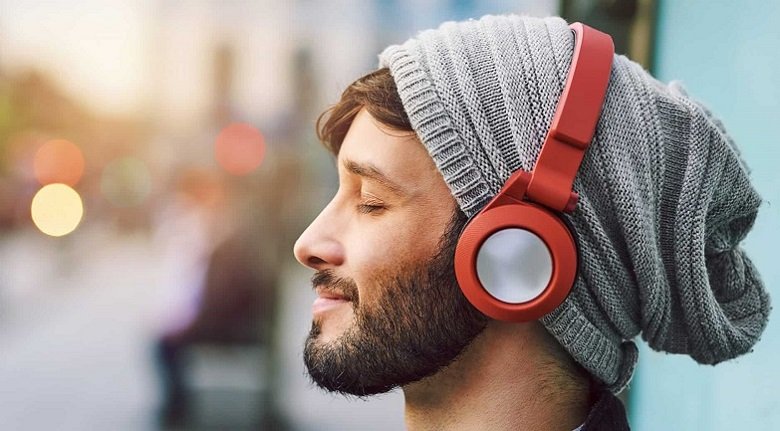When choosing wireless headphones for a smartphone, take into account:
- Autonomy – 12-20 hours, so that you do not have to recharge often;
- The frequency range is 20-20,000 Hz (these are the sounds that the human ear recognizes;
- Sensitivity – at the level of 85-95 dB;
- Impedance – 16-32 Ohm, no longer needed;
- Convenience of the form factor – the headset should not fall out of the ears with a sharp turn of the head, but not cause discomfort;
- Having a good microphone to answer calls without unnecessary movement.
No less important are the features of the implemented Bluetooth technology and the supported codecs.
Bluetooth technology
Wireless data transmission using Bluetooth technology is carried out via radio waves. They are inferior in the quality of data transmission to wire communication, but are in the lead due to the ease of use of the headset. Go for Huawei wireless earphones if you want a Bluetooth earphone for yourself. When choosing, pay attention to the Bluetooth class. It affects the output power and range of a pair of headphones:
- The first class has a maximum power of 100 mW. In sound equivalent, this adds +20 dBm. The range is large, so you can even keep your phone in the locker room while you are doing sports in the gym.
- The second class has a power of 2.5 mW, giving out sound at +4 dBm. The radius of action is limited to 10 meters (quite a standard indicator).
- The third class is 1mW, supporting pairing only at 6m distance.
Please note that for different classes of phone and headphones, Bluetooth will work at the lowest. For example, if the phone only supports class 2, then there is no point in buying the first-class headphones – the range and power will be limited by the parameters of the smartphone.
Bluetooth versions affect the transfer rate of audio files from the smartphone to the headset and power consumption. We will not consider morally outdated generations – we will focus only on the actual ones:
- 4.0 – this generation sacrificed speed, keeping it at 1 Mbit / s, but significantly reduced battery drains.
- 4.1 – retains all the characteristics of the fourth generation, but with improved protection against interference.
- 4.2 – excellent sound quality, plus protection of data from theft, interception.
- 5.0-5.2 – Used in modern devices, offering an excellent balance between 2 Mbps speed and battery saving.
When synchronizing a smartphone and a headset, the bundle will work according to the parameters of the lower generation.
You may need headphones with Multipoint technology that can stay connected with multiple devices at once. It can be a smartphone and a laptop – it is convenient for watching movies at the computer and quickly answering incoming calls. Another pairing combination is multiple phones. One pair of headphones will be able to answer calls from all devices.
What codecs affect?
Codecs are used to compress and transmit audio data wirelessly. They are conventionally divided into two types according to the principle of operation: Classic and LE (long energy).
The first type is used to transfer bulk data, as in the case of listening to music. The sound quality is good, but the battery runs out quickly. The second is designed to compress information and transmit / reproduce them at low speed for economical battery consumption. Most often it is used when pairing a smartphone with fitness trackers and is not used in headphones.
The most common codecs for multiband audio transfer from phone to headphones are:
- SBC – operates in the high-speed audio output range of 240-345 kbps. This lowers the sound quality slightly.
- aptX – playback speed 279-420 kbps. Sounds better due to fewer gaps than the analogue described above.
- LDAC – playback speed range is 330-990 kbps. The best data transfer in terms of sound level, but drains the battery a lot.
New for 2021 is LE Audio technology with its LC3 Bluetooth codec. This is the economical standard for minimum battery drain, which was previously only used when paired with fitness trackers. Its high-speed playback range is 160-345 kbps. In terms of sound quality, it is at the level of the SBC codec.
For audiophiles with high demands on the sound of wireless “ears”, the LDAC codec is more suitable. And if battery life is a priority, look for the LC3.


